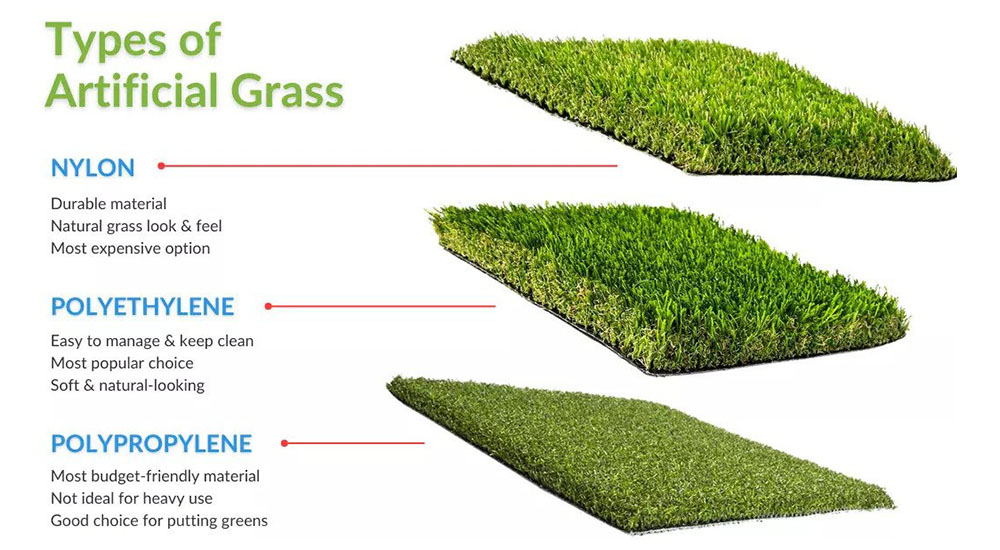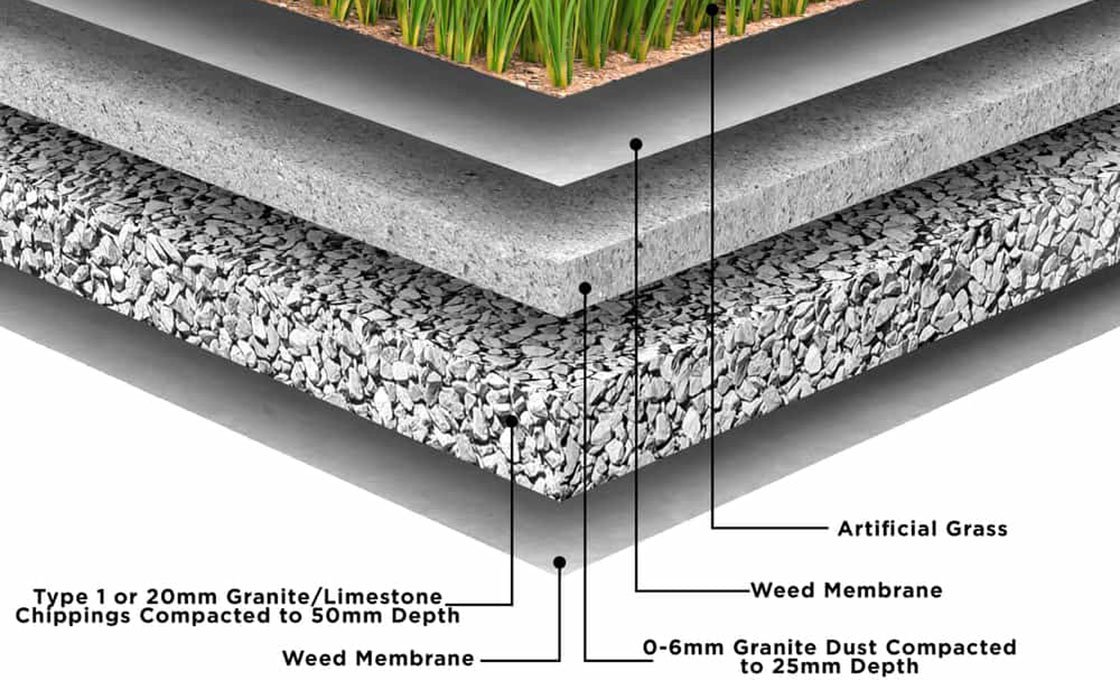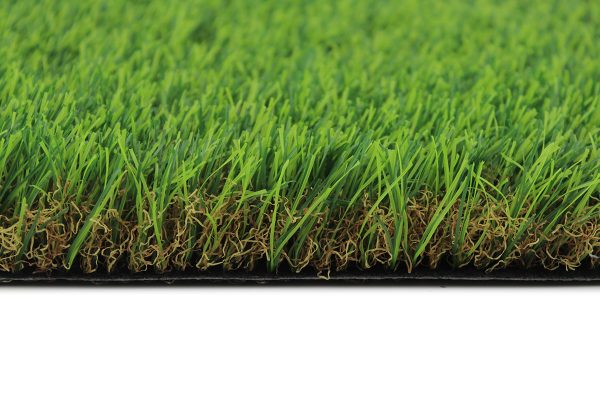Budget is not the only consideration when deciding to install artificial grass. This investment requires careful selection and proper maintenance for long-lasting turf.
Understanding the characteristics of different artificial lawns is key to making an informed choice. Here are some factors to consider:
Material

- Polyethylene (PE): Offers a soft feel, natural appearance, and good performance, making it the most popular choice.
- Polypropylene (PP): Durable and suitable for tennis courts, playgrounds, and decorative purposes, though less wear-resistant than PE.
- Nylon: The first synthetic grass fiber, known for its softness and comfort.
The Base

- PP knitting: Offers basic performance with weak binding.
- Net bottom: Increases strength and binding force of the grass fiber.
- Vulcanized wool PP: Durable and corrosion-resistant, with strong adhesion, but more expensive.
- PU: Features excellent anti-aging properties and strong adhesion, though costlier than SBR.
- Braided: Directly attaches glue to the fibrous root, simplifying production and saving materials.
Details

- Appearance: Look for bright colors without noticeable differences, even grass tufting, consistent stitching, and proper glue application.
- Pile Height: For football fields, longer yarn (up to 60 mm) is preferred. Common lengths are around 40-50 mm.
- Density: Assess the needle count and row spacing on the lawn’s back; closer spacing and more needles indicate better quality.
- Fiber Diameter: Common diameters are 5,700 to 10,000, with higher figures indicating better quality.
- Fiber Quality: Higher quality per unit length suggests superior grass.
- Other Aspects: Consider foot feel and color quality for aesthetic purposes, and the comfort of athletes for sports lawns.
Conclusion
Relyir, established in 1999, has cemented its reputation as a distinguished manufacturer and supplier of various types of artificial grass. Our direct-from-factory sales model allows us to offer these products at prices significantly lower than retail – typically ranging between 50% to 70% of the retail prices for equivalent quality.
